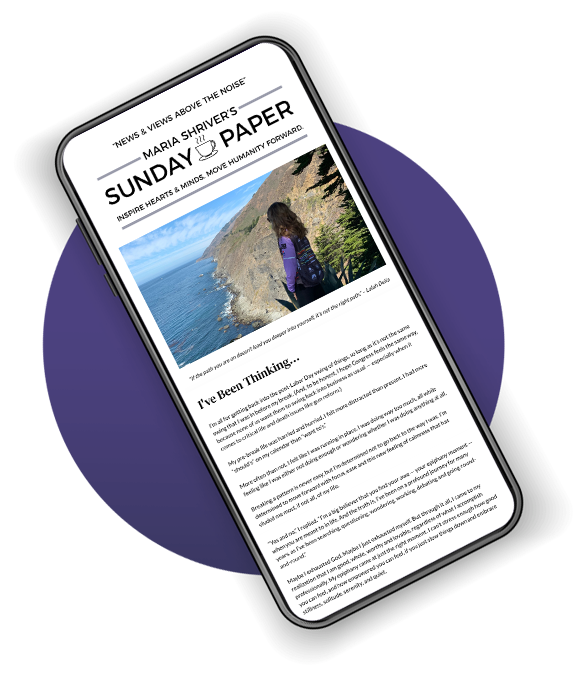Understanding and Unlocking the Power of Breath

Breathing, as it happens, is more than just a biochemical or physical act; it’s more than just moving the diaphragm downward and sucking in air to feed hungry cells and remove wastes. The tens of billions of molecules we bring into our bodies with every breath also serve a more subtle, but equally important role. They influence nearly every internal organ, telling them when to turn on and off. They affect heart rate, digestion, moods, attitudes; when we feel aroused, and when we feel nauseated. Breathing is a power switch to a vast network called the autonomic nervous system.
There are two sections of this system, and they serve opposite functions. Each is essential to our well-being.
The first, called the parasympathetic nervous system, stimulates relaxation and restoration. The mellow buzz you get during a long massage or the sleepiness you feel after a big meal happens because the parasympathetic nervous system sends signals to your stomach to digest and to the brain to pump feel-good hormones such as serotonin and oxytocin into your bloodstream. Parasympathetic stimulation opens the floodgates in our eyes and makes tears flow at weddings. It prompts salivation before meals, loosens the bowels to eliminate waste, and stimulates the genitals before sex. For these reasons, it’s sometimes called the “feed and breed” system.
The lungs are covered with nerves that extend to both sides of the autonomic nervous system, and many of the nerves connecting to the parasympathetic system are located in the lower lobes, which is one reason long and slow breaths are so relaxing. As molecules of breath descend deeper, they switch on parasympathetic nerves, which send more messages for the organs to rest and digest. As air ascends through the lungs during exhalation, the molecules stimulate an even more powerful parasympathetic response. The deeper and more softly we breathe in, and the longer we exhale, the more slowly the heart beats and the calmer we become. People have evolved to spend the majority of waking hours—and all of our sleeping hours—in this state of recovery and relaxation. Chilling out helped make us human.
The second half of the autonomic nervous system, the sympathetic, has an opposite role. It sends stimulating signals to our organs, telling them to get ready for action. A profusion of the nerves to this system are spread out at the top of the lungs. When we take short, hasty breaths, the molecules of air switch on the sympathetic nerves. These work like 911 calls. The body redirects blood flow from less-vital organs like the stomach and bladder, and sends it to the muscles and brain. We get meaner and leaner, so we can fight harder or run faster when confronted with danger.
But our bodies are built to stay in a state of heightened sympathetic alert only for short bursts, and only on occasion. Although sympathetic stress takes just a second to activate, turning it off and returning to a state of relaxation and restoration can take an hour or more. It’s what makes food difficult to digest after an accident, and why men have trouble getting erections and women often can’t experience orgasms when they’re angry.
For all these reasons, it seems odd and counterintuitive to willingly induce states of stress through heavy breathing practices. Why make yourself light-headed and anxious? And yet, for centuries, the ancients developed and practiced breathing techniques that did just this.
*
Most of us today never experience full-blown, life-threatening stress, but we never fully relax either. We’ll spend our days half-asleep and nights half-awake, lolling in a gray zone of half-anxiety.
During these times, the organs throughout the body will be half supported in a state of suspended animation: blood flow will decrease and communication between the organs and the brain will become choppy, like a conversation through a staticky phone line. Our bodies can persist like this for a while; they can keep us alive, but they can’t keep us healthy.
Many people who experience tingling in their fingers, chronic diarrhea, rapid heart rate, diabetes, and erectile dysfunction are often treated for each of these symptoms with a focus on individual organs. But there’s nothing wrong with their stomachs, hearts, or genitals. What they often suffer from is chronic lower grade stress. To some researchers, it’s no coincidence that eight of the top ten most common cancers affect organs cut off from normal blood flow during extended states of stress.
Fixing the nervous system and bringing these organs “back on line” can effectively cure or lessen these symptoms. In the past decade, surgeons have implanted electrical nodes in patients that work as an artificial vagal nerve to restart blood flow and communication between organs. The procedure is called vagus nerve stimulation, and it’s highly effective for patients suffering from anxiety, depression, and autoimmune diseases.
But there is another, less invasive way: breathing.
While we can’t simply decide when to slow or speed up our heart or digestion, or to move blood from one organ to another, we can choose how and when to breathe. And when we harness our ability to breath we influence so many systems in our bodies; we can use heavy breathing techniques to turn on stress specifically so that we can turn it off, so that we can spend the rest of our days and nights relaxing and restoring, feeding and breeding.
Adapted from BREATH: The New Science of a Lost Art by James Nestor published on May 26, 2020 by Riverhead, an imprint of Penguin Publishing Group, a division of Penguin Random House LLC. Copyright © 2020 James Nestor
This essay was featured in the September 27, 2020 edition of The Sunday Paper. The Sunday Paper publishes News and Views that Rise Above the Noise and Inspires Hearts and Minds. To get The Sunday Paper delivered to your inbox each Sunday morning for free, click here to subscribe.


